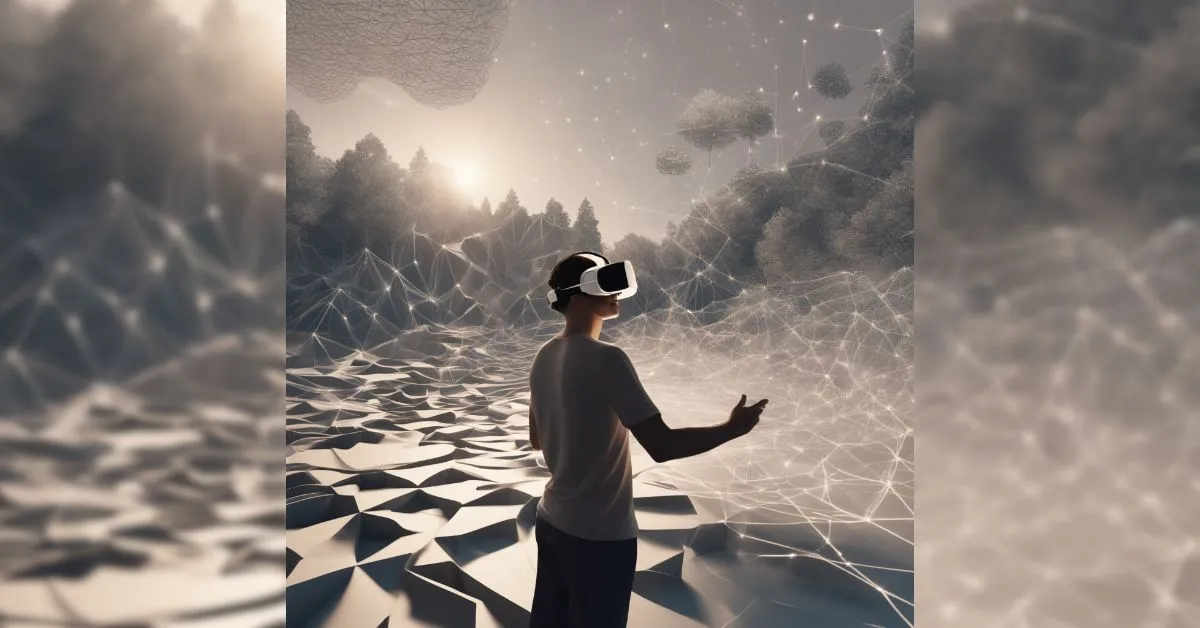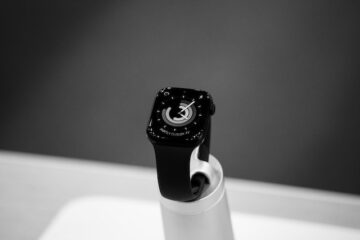Welcome to the realm of Extended Reality (XR), where the lines between the digital and physical worlds blur. In this article, we’ll journey beyond the screen to explore Virtual Reality (VR), Augmented Reality (AR), and Mixed Reality (MR), and understand how they’re transforming various aspects of our lives.
The Virtual Reality (VR) Experience
Immersive Entertainment
Virtual Reality offers an immersive escape from reality. With VR headsets, users can step into otherworldly realms, whether it’s battling aliens in space or exploring ancient civilizations. VR gaming is taking interactive entertainment to a whole new level.
VR in Education
VR is also reshaping education. It allows students to visit historical events, dive into the human body, or explore the depths of outer space—all from the classroom. VR is making learning an unforgettable adventure.
Augmented Reality (AR): Enhancing Real-World Interaction
AR Applications in Gaming
Augmented Reality enhances real-world environments with digital overlays. Games like Pokémon GO and Harry Potter: Wizards Unite have taken AR gaming to the streets, encouraging players to explore their surroundings while hunting for virtual creatures.
AR in Navigation and Education
AR is not limited to gaming; it’s a practical tool. AR navigation apps, like Google Maps, use your camera to display directions and points of interest on your screen, making navigation more intuitive. AR is also a valuable educational tool, offering interactive lessons through mobile devices.
Mixed Reality (MR): Bridging the Gap
MR in Industrial Training
Mixed Reality combines elements of VR and AR. In industries like manufacturing and aviation, MR is used for hands-on training. Workers can practice tasks in a virtual environment, complete with real-world tools and equipment.
Healthcare Applications
In healthcare, MR is revolutionizing surgery and patient care. Surgeons can overlay 3D images onto a patient’s body during procedures, providing precise guidance. MR is also used for physical therapy and pain management.
The Future of Extended Reality
XR in Business
Extended Reality holds enormous potential for businesses. It’s being used for virtual conferences, product design, and employee training. XR can enhance remote collaboration, offering new opportunities for global companies.
XR Challenges and Ethical Concerns
While XR brings tremendous advantages, it also raises concerns. Privacy issues, data security, and potential addiction are some of the challenges we must address as XR becomes more integrated into our daily lives.
Conclusion
Virtual Reality, Augmented Reality, and Mixed Reality are shaping our world in ways we could only imagine. From gaming to education, navigation to healthcare, and business to ethical concerns, XR is redefining our relationship with technology and reality.
FAQs
What’s the main difference between VR, AR, and MR?
VR immerses you in a fully digital environment, AR overlays digital elements on the real world, and MR combines elements of both.
Are VR headsets expensive?
VR headset prices vary, but there are affordable options for consumers, especially in the gaming market.
How is AR used in navigation?
AR navigation apps use your device’s camera to display real-time directions and information on your screen as you move.
What are some business applications of Extended Reality (XR)?
XR is used for virtual conferences, product design, employee training, and remote collaboration in various industries.
What privacy concerns are associated with XR?
Privacy concerns include data security and the potential for XR to capture and share real-world surroundings, raising issues about consent and surveillance.



